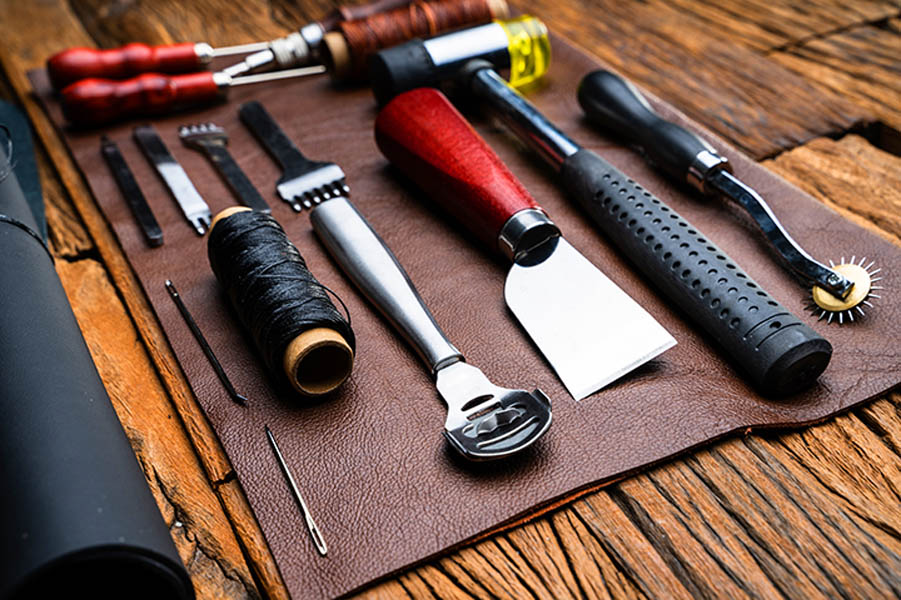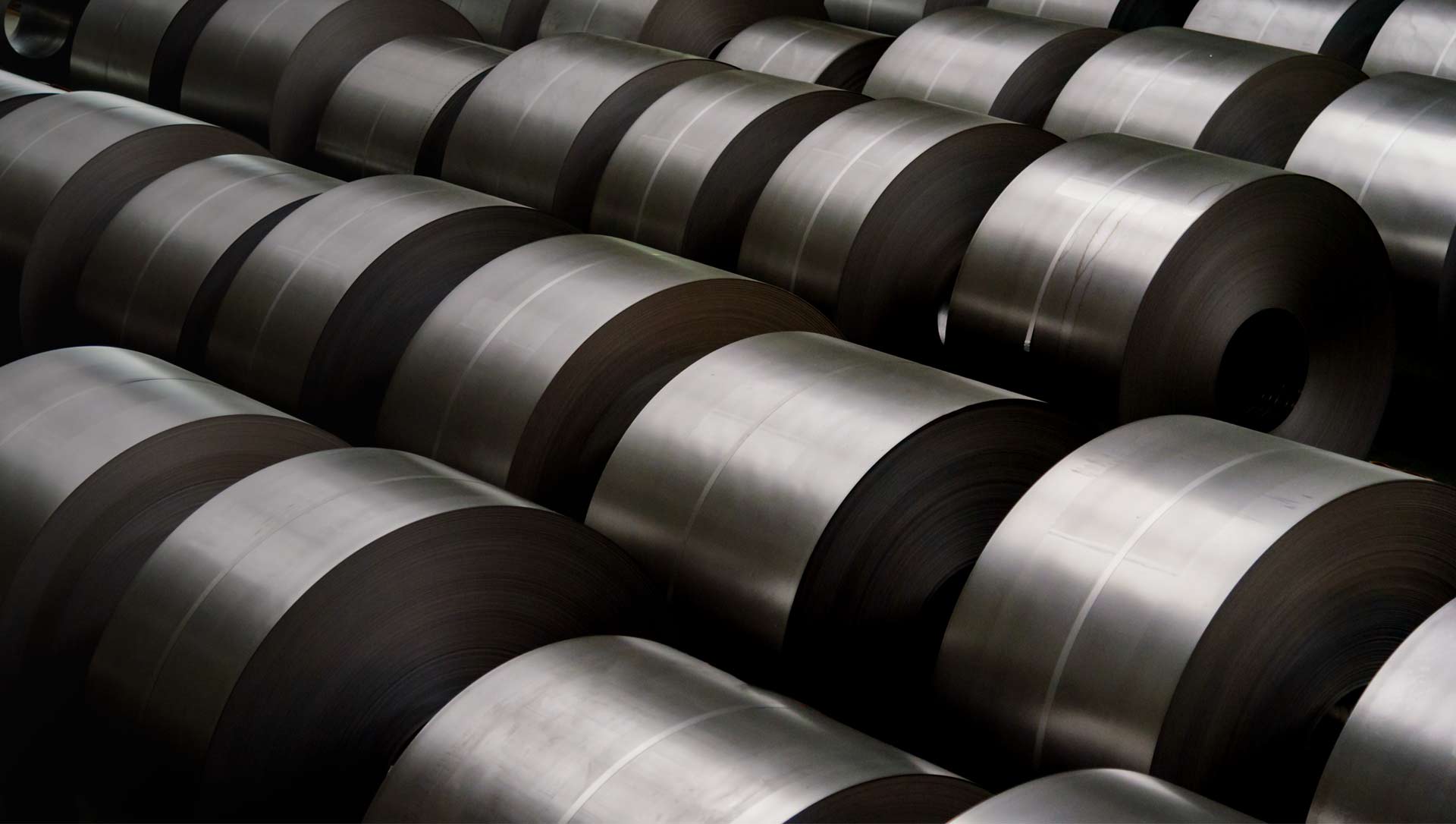
The Fine Art of Choosing Precision Tools – A Craftsman’s Checklist
Tools are more than instruments; they’re the bridge between vision and reality. For a craftsman, precision tools are like a painter’s brushes—essential, intimate, and transformative. But selecting the right ones? That’s an art form all its own.
It’s not just about grabbing what’s shiny or well-marketed. The perfect tool elevates your work, feels natural in your hand, and lasts long enough to become an old friend.
Start with the Heart of the Project
Every tool serves a purpose, and that purpose begins with your project. Are you slicing through thick, rugged leather? Adding delicate details to fine upholstery? Each task demands a unique level of finesse, and your tools should match that.
For intricate cutting, opt for precision knives with adjustable blades.
If you’re punching holes, choose tools that deliver crisp, clean edges without tearing. Stitching requires pricking irons and awls that balance sharpness with control. Start by understanding what your project demands, and let that guide your selection.
Don’t Let Cheap Tools Fool You
A bargain tool might feel like a win—until it breaks, dulls, or mangles your material. Quality tools cost more upfront, but their longevity, performance, and reliability make them worth every penny.
Tempered steel blades hold their edge longer. Handles designed with ergonomics in mind reduce strain and increase accuracy. Reputable brands may charge more, but they often provide warranties or repair options, offering peace of mind. Remember: investing in quality is investing in yourself.
Match Tools to Materials
Precision doesn’t exist in isolation—it depends on how your tools interact with your materials. A punch that breezes through soft fabric might struggle with thick leather, and a blade designed for vinyl could shred delicate suede.
For heavy leathers, look to robust knives and industrial punches. Softer materials benefit from lightweight awls and fine-point needles. Exotic materials like snakeskin or alligator call for gentler tools to preserve intricate patterns. Aligning your tools with your materials ensures that every cut, hole, or stitch honors the integrity of your craft.
Versatility Adds Value
A versatile tool is like a Swiss army knife for the craftsman—ready for anything.
- Adjustable stitching groovers: Perfect for creating precise lines at varying depths.
- Interchangeable punches: One tool with multiple sizes lets you tackle belts, straps, or detailed embellishments.
Versatile tools simplify your workflow, save space in your kit, and allow you to adapt to different projects with ease.
Feel the Tool Before You Commit
Buying a tool without trying it first is a gamble. The best tools feel like extensions of your hand, light enough for control but substantial enough for stability.
Grip it. Does the handle feel comfortable or awkward? Test it. Does the blade glide smoothly? The better the tool feels in your hand, the more confident and precise your work will be. When testing isn’t an option, reviews and recommendations from fellow craftsmen can guide you.
Conclusion
Precision tools don’t just build objects—they build confidence, skill, and pride. The right tools elevate your work, inspire your creativity, and let your craftsmanship shine.
So take your time. Feel the weight, test the balance, and invest in quality. Because when you choose the right tools, you’re not just preparing for your next project—you’re setting the stage for a lifetime of mastery.





